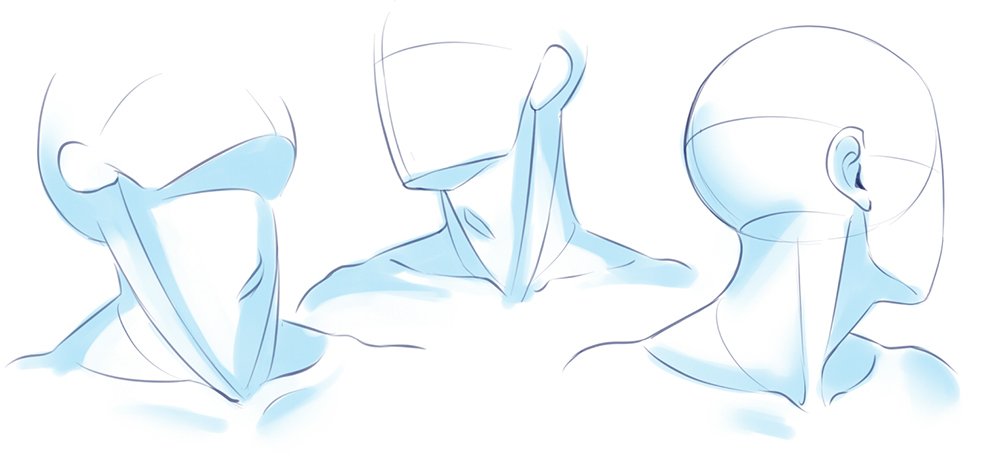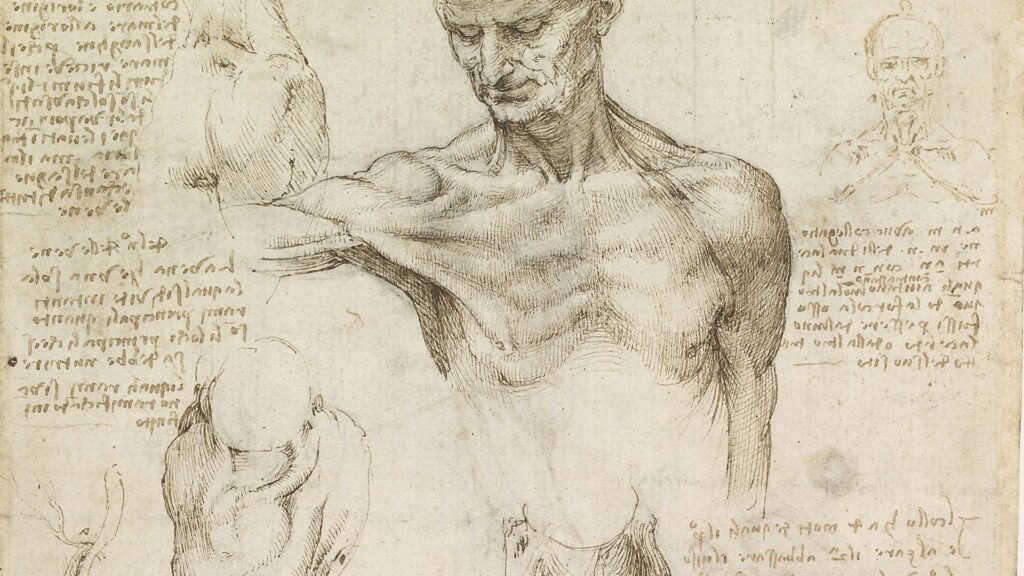Mastering anatomy is a cornerstone for artists looking to excel in sketch art, particularly when drawing human or animal figures. Understanding the structure, proportions, and movement of living beings allows artists to create sketches that are not only visually accurate but also convey life and dynamism. This guide explores the importance of anatomy in sketch art and offers tips for honing your skills.

Why Anatomy Studies Matter in Sketch Art
Anatomy studies equip artists with a deeper understanding of how bodies move and function. Whether sketching a dancer mid-leap or a serene animal resting, anatomical knowledge ensures your artwork captures the subtleties of posture, tension, and balance.
- Realism: Accurate anatomy creates believable sketches. Even in stylized art, grounding the work in anatomical correctness adds authenticity.
- Dynamic Poses: Knowledge of joints, muscles, and bones helps depict movement effectively. It allows artists to sketch figures in motion without them looking awkward or stiff.
- Artistic Expression: Understanding anatomy enhances your ability to exaggerate forms for dramatic effect, knowing when and how to bend the rules for artistic impact.
Fundamentals of Anatomy in Sketch Art
Before diving into advanced anatomy studies, start with the basics:
- Proportions: Familiarize yourself with the standard proportions of the human body. For example, the average adult is roughly seven to eight heads tall. Animals have their own unique proportions, depending on the species.
- Skeleton: Begin with the skeletal framework, as it determines the overall structure of the figure. Pay attention to the spine, ribcage, and limbs, which form the foundation of your sketches.
- Muscles: Learn how muscles overlay the skeleton and how they contract or relax in different poses.
- Landmarks: Identify key anatomical landmarks such as the clavicle, scapula, or knee caps. These points help you map out the figure accurately.
Approaches to Anatomy Studies
Several techniques can enhance your anatomy studies:
1. Gesture Drawing
Gesture drawing is a quick and loose sketching practice to capture the essence of a figure’s pose. This approach focuses on movement and flow rather than precise details. Spend 30 seconds to two minutes on each gesture drawing, focusing on the overall action.
2. Study from References
Use anatomy books, photos, or life models to study real human and animal forms. Look for references that show the figure from different angles to understand how anatomy changes with perspective.
3. Dissection and Layering
Break down the figure into layers—skeleton, muscles, and skin. Practice sketching each layer individually, then combine them to see how they interact.
4. Life Drawing Classes
Attending life drawing sessions with live models is one of the best ways to practice anatomy in real time. These classes teach you to observe and interpret forms directly.
5. Analyze Master Works
Study the work of artists renowned for their anatomical expertise, such as Michelangelo or Leonardo da Vinci. Analyze their sketches to understand how they depicted anatomy.
Using Technology for Anatomy Studies
Digital tools have made studying anatomy more accessible:
- 3D Anatomy Models: Apps and websites like Proko, ZBrush, or Sketchfab offer interactive 3D models of the human body, allowing you to rotate and view structures from different angles.
- Pose Generators: Use digital pose generators to practice sketching a variety of positions and movements.
- Video Tutorials: Platforms like YouTube and Skillshare host a wealth of anatomy tutorials tailored to artists.
Common Challenges in Anatomy Sketching
- Overcomplication: Beginners often add too much detail, which can overwhelm the sketch. Focus on capturing the essence before refining details.
- Proportional Mistakes: Double-check measurements and use grids or guidelines to maintain accuracy.
- Static Poses: Without understanding the mechanics of joints and muscles, figures can appear stiff. Gesture drawing and studying movement help address this issue.
Balancing Anatomy and Creativity
While anatomy studies are vital, remember that they are a tool to support your creativity, not restrict it. Once you have a strong foundation, experiment with exaggerating or abstracting anatomical forms to develop a unique style. For example, elongating limbs can create elegance, while oversized hands can emphasize gesture.
Conclusion
Anatomy studies are an essential aspect of sketch art, providing the skills needed to depict living forms with accuracy and expression. By mastering the fundamentals, practicing regularly, and leveraging modern tools, you can bring life and realism to your sketches. Whether your goal is to create lifelike portraits or imaginative characters, a solid understanding of anatomy will elevate your art to new heights.

